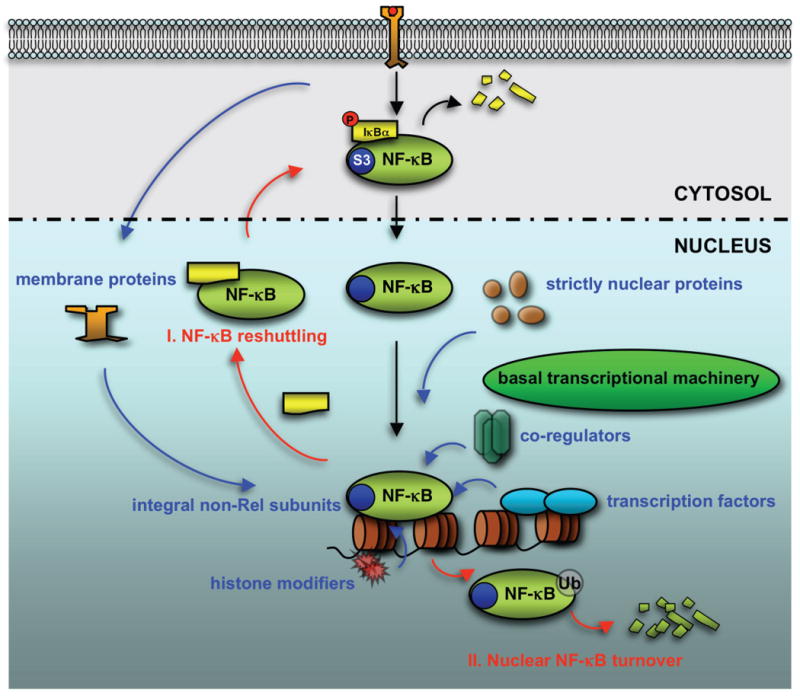Figure 1. The nuclear regulation of NF-κB.

After it gains access to the nucleus, NF-κB transcriptional activity is elegantly controlled by a number of nuclear regulators, as illustrated in blue, including non-Rel subunits such as RPS3 (S3) within the NF-κB complex, proteins restricted to the nucleus or translocated from the plasma membrane, other transcription factors, and chromatin modifiers. Two distinct pathways to terminate the NF-κB transactivation, as illustrated in red, involve (I) IκB-mediated restitution of NF-κB to the cytoplasm and (II) ubiquitination-dependent nuclear degradation.
